All foods we eat and liquids we drink must pass through the stomach. You’d think because the stomach contains a strong acid that breaks down food, nothing could irritate it. But, you’d be wrong. Stomach irritation is associated with certain medications, alcohol abuse, stress, and bacterial infection, to name just a few factors. All cause inflammation either directly or indirectly. When inflammation occurs, the protective cells that line the stomach are damaged or lost. Without that full protection, symptoms may start to arise like heartburn, upset stomach, diarrhea, constipation, abdominal pain, and others.
Not all bland diets are the same. Some are higher in fiber than others, and some may be nothing but clear liquid. The cause of your symptoms will help your healthcare provider determine which foods to keep in your diet and which to avoid, at least temporarily.
When you are ordered to follow a bland diet regiment, it need not be a culinary disaster. Many people believe that a bland diet is nothing more than tasteless foods, but it means a diet that is non-irritating to the stomach and intestinal linings.
What is a Bland Diet?
The best umbrella answer is a diet that aids in digestion and helps treat or prevent any number of digestion tract issues. There are several bland diet styles, and going on the wrong one could hinder or slow the healing process. If you have a medical condition, only your healthcare provider should recommend the proper bland diet for you. If you’re experiencing mild stomach discomfort not thought to be associated with a medical condition, you can adopt your bland diet at home, but it’s essential to track the foods you eat, but we’ll touch on that more in a bit.
Tracking your food can be easier when using a system like Noom. Let us help you make healthy choices.
What to Eat on a Bland Diet
Once your healthcare provider has diagnosed your problem and ordered a bland diet, it is time to put together your menu. They will issue you a bland diet food list to give you a general idea of foods to eat and foods to skip. When planning what to eat on a bland diet, there are a few things to avoid at all costs.
- Spicy foods are out. Give your stomach a chance to heal first.
- Fatty foods are another no-go. Fats are harder to digest.
- Carbonated beverages, caffeine, and alcohol are off the table.
- Vegetables are allowed on almost all bland diets but pay attention to the details. Some require the veggies to be cooked to soften them and make them easier to digest.
- Fruits are encouraged, but you want to choose low-fiber varieties, remove the skin and seeds, if applicable, and eat that way. The best fruits for a bland diet are cooked or canned.
Now, let’s look a little closer at what a day’s menu on a bland diet would look like.
Breakfast

You may start with a small glass of milk or a serving of cottage cheese topped with fruit for breakfast. Fruit is an excellent choice for breakfast on a bland diet, but remember to choose low-fiber fruits and remove the skin before eating. Canned or cooked fruits are the easiest on your digestive system.
Another option is to toast a couple of white bread slices or a bagel and top with cream cheese. Air fry a chopped, medium potato for hash browns and scramble or poach an egg or two to complete the meal.
Other safe foods for a bland diet include cream of wheat, oatmeal, nut butter (smooth, not chunky), seedless jam or jelly, and herbal teas.
Lunch
Breakfast wasn’t so dull after all, and the same goes for lunch. There are tons of foods to eat on a bland diet that aren’t clear broth or gelatin desserts. If you’re more of a light eater at lunch, you can heat some broth-based soup with mild seasonings and serve with saltine crackers.
Another option is a simple sandwich of grilled chicken and avocado on white bread. Remember to skip the whole grain bread and luncheon meat, as these are not considered bland foods.
Your lunch could also utilize cooked or canned fruits without skin, mild cheese, or “allowed” salad vegetables like lettuce, carrots, mushrooms, sweet potato, peas, beets, and spinach.
Ready to upgrade your diet even more with customized meal plans? Give Noom a try to see if our food tracking and menu plans are a right match for you!
Dinner
Dinner time has rolled around, and you’ve just had two amazing meals that fit perfectly into the bland diet but are anything but bland. We finish up the day with more delectable foods.
The centerpiece of most dinner meals is the protein. If you’re a meat lover, you can choose any lean, tender cuts of meat, including beef, pork, chicken, and fish. Shellfish are also considered bland proteins. If you’re looking for a non-animal source of protein, tofu is safe, as are most meat substitutes. Steer clear of oily preparations, rich marinades, tons of spices, and frying.
Stick with the more traditional salt, pepper, herbs, and mild spices.
Then comes the starch. Starches aren’t typically a problem on a bland diet, as long as they are made from white flour and not whole grains. That means avoiding whole wheat varieties of pasta. Think along the lines of enriched rice, white pasta, potatoes (white and sweet), and couscous.
Rounding things out are fruits and vegetables. As mentioned before, as long as fruits are canned or cooked and the skins removed, most are safe on a bland diet. You can also eat bananas, melons, and avocados without cooking. Oranges are also on the safe fruit list, but remove the sections from the membrane before eating. Vegetables are a little different, as there are quite a few that can disturb the digestive process. Stick with canned, frozen, or cooked vegetables. Avoid foods that commonly cause gas and bloating like cabbage, broccoli, green peppers, cucumber, Brussels sprouts, onion, sauerkraut, corn, and turnips.
Snacks
In between meals, when that urge to grab a snack hits you, don’t give in to the lure of processed, packaged snack foods. These have little to no nutritional value, and you need to use these foods to round out your diet in terms of macronutrients and micronutrients. That’s not to say you should never indulge in sweet snacks. Everything from cookies to cakes, ice cream to sherbet are all safe on a bland diet as long as they are prepared with allowed ingredients. That’s the tricky part. Read the nutrition label carefully to discern if any complex ingredients could cause your stomach discomfort.
Rx weight loss, the right way, with Noom
Get access to prescription weight loss medication with Noom.Bland Diet Foods

You now have an idea of what your daily menu would look like on a bland diet, but let’s dig a little deeper into bland diet foods so you can create a menu for yourself.
- Bananas
- Avocado
- White rice
- Pasta, bread, and crackers made from white flour
- Most fruit juices
- Lean meats, chicken, or fish
- Eggs
- Reduced-fat or non-fat yogurts
- Reduced-fat or non-fat dairy
- Tofu
- Peanut butter, creamy style
Because there are so many foods allowed on a bland diet, it’s likely easier to explain the much smaller list of foods to avoid. When you are eating a bland diet for gastrointestinal health, according to MedlinePlus.gov, you should avoid:
- “Fatty dairy foods, such as whipped cream or high-fat ice cream
- Strong cheeses, such as bleu or Roquefort cheese
- Raw vegetables and salads
- Vegetables that make you gassy, such as broccoli, cabbage, cauliflower, cucumber, green peppers, and corn
- Dried fruits
- Whole-grain or bran cereals
- Whole-grain bread, crackers, or pasta
- Pickles, sauerkraut, and other fermented foods
- Spices and strong seasonings, such as hot pepper and garlic
- Foods with a lot of sugar in them
- Seeds and nuts
- Highly seasoned, cured, or smoked meats and fish
- Tough, fibrous meats
- Fried foods
- Alcoholic beverages and drinks with caffeine in them”
Having a program like Noom in your corner can help you keep track of the foods you should and should not eat. Our weight-loss system also uses daily goals, educational lessons, and personal coaching sessions to help individuals lose weight and keep it off.
Bland Diet Foods for Gallbladder
It is estimated that up to 25% of adults are affected by gallstones. While the most common symptom is pain, gallstones can be life-threatening in rare cases. A bland diet won’t break down gallstones or remove them from the body. Think of it as a preventative measure against additional gallstones.
When you are eating bland diet foods for gallbladder health, peanuts rank high on the list as foods thought to prevent gallstones. An extensive study started in 1986 and covering more than 450,000 “person-years of follow-up, 1,833 participants reported gallstone disease. After adjustment for age and other known or suspected risk factors, men consuming 5 or more units of nuts per week (frequent consumption) had a significantly lower risk of gallstone disease.”
Make sure you are not eating any processed meats. These contain incredibly high levels of preservatives, fat, salt, and nitrates, which will contribute to your gallstones. Processed meats are packaged meats like hot dogs, bologna, bacon, sausage, and any luncheon meats.
Absolutely no fried foods, fatty meat such as red meat, and no processed snacks are suggested on this diet.
Bland Diet for Gastritis
Gastritis is an inflammatory condition of the digestive system, particularly the stomach. It can happen to anyone at any time. It is the result of the stomach lining being irritated. This can be the result of spicy, fatty, or high-fiber foods. Excessive or chronic stress is also associated with gastritis.
While sometimes painful, this is a situation that can be dealt with by changing your diet, in most cases. Switching to a bland diet for gastritis means giving the stomach time to heal from irritation while maintaining adequate nutrient intake.
Though we’ve not addressed salt in other aspects of the bland diet, research shows that high salt intake may increase the risk of certain types of gastritis. Thus, a “low salt diet might be helpful to prevent” certain gastric conditions.
In many cases of gastritis, the H. pylori bacterium is to blame for irritation and inflammation. Here there’s a slight adjustment to your bland diet to ensure you include foods with antibacterial activity. For instance, “in a study assessing nutrition habits of 150 patients with dyspepsia, honey intake at least once a week was associated with significantly lower prevalence of H. pylori infection.”
Though avoiding fatty foods is critical on the bland diet for gastritis, the body still needs some fat to function. Research suggests olive oil and polyunsaturated fatty acids “decreases the prevalence of atrophic gastritis” associated with H. pylori.
Other foods you may want to add to your diet include “probiotics; dairy products; vegetables; fruits; oils; essential oils; and herbs, spices, and other plants.”
Bland Diet for Diarrhea
Diarrhea is uncomfortable. The causes of it are as varied as the myths for treating it. Contrary to folklore, you can not treat diarrhea by eating a ton of cheese.
When you have diarrhea, you may not even feel like eating, but you must replace the fluids you are losing. Drink plenty of water, weak teas, and even a gentle electrolyte beverage. Avoid the popular sports drinks with added sugar.
The best bland diet for diarrhea consists of very light foods. The BRAT diet is usually recommended. Bananas, plain white rice, applesauce, and white toast are gentle to the system, and they replace the nutrients you are losing. “Eating foods that are lower in fiber may aid in making stool firmer. A bland ‘BRAT’ diet, including bananas, toast, oatmeal, white rice, applesauce, and soup/broth is well tolerated and may improve symptoms.”
Plain yogurt will also help because it supplies healthy bacteria to your gut to restore the bacterial balance. If you can not eat, boil the rice and sip the water it was boiled in. Never use instant rice, always use fresh, unflavored rice.
Caffeine acts as a diuretic. Diuretics are designed to help push retained fluid out of the body. If you’re already losing fluids to diarrhea, you don’t want to lose even more. Switch to decaffeinated coffee and weak teas and read the labels of unfamiliar drinks to ensure there’s no added caffeine.
That’s why it is so important to have a system like Noom in place that can be customized to your needs, especially when it comes to weight-loss.
Bland Diet for Diverticulitis
“Diverticulitis is a prevalent gastrointestinal disorder that is associated with significant morbidity and health care costs.” It is a condition that occurs when small pouches form in weakened areas of the intestinal walls. Pressure can worsen the pouches, leaving them vulnerable to infection.
While most people can go their entire life with this condition and not know it, others will experience pain when the pouches become inflamed or infected. Always see your healthcare provider for a correct diagnosis. Never try to guess at what is causing your pain.

When your healthcare provider orders a bland diet for diverticulitis, you will begin the regiment with a clear liquid diet consisting of water, broth, jello, tea, and coffee with no cream or sugar. This dietary break allows the gastrointestinal system, especially the colon, to rest and recover.
After a day or two, you will begin introducing low-fiber foods back into your diet. These may include fish or chicken, white pasta and white rice, and skinless, seedless, cooked vegetables. Fruits are good on the bland diet for diverticulitis, but remember to eat canned or cooked fruits with the skin removed. If the fruit has seeds, remove those as well.
Over time, you will gradually increase your fiber intake. According to the National Institutes of Health, the suggested daily intake of fiber is about 14g per 1,000 calories consumed. However, there are limits to the recommendation. In people trying to lose weight, who may be consuming far fewer calories than average, less than 20 to 25g of fiber is far from ideal. This is the best time to work with your healthcare provider to calculate just how much fiber should be included in your diverticulitis diet once you’ve moved away from the bland diet stage of healing.
Bland Diet for Ulcers
Stomach ulcers occur when the protective lining of the stomach is worn away. The most common cause of ulcers is an infection by the H. pylori bacterium. Excessive use of ibuprofen, or other non-steroidal anti-inflammatory drugs, will also cause ulcers. In a worst-case scenario, they will bleed and cause extreme pain.
A bland diet for ulcers is designed to be gentle on the stomach lining. No alcohol, spicy, sour, fried, or raw foods are suggested. You may have skinless, baked meats like chicken or fish, decaffeinated teas, smooth peanut butter, and low-fat milk, as examples. You may be asked to avoid foods that give you gas, such as beans and some vegetables like cabbage, cauliflower, broccoli, and Brussel’s sprouts in the acute phase of recovery. You also want to skip citrus fruits and juices.
The bland diet for ulcers will eventually progress into a higher-fiber diet rich in protein, vitamin A, vitamin C, zinc, and selenium, especially in the recovery phase. “A balanced diet is vital in the treatment of… ulcer.”
You’ll also want to up your intake of vegetables and foods rich in polyphenols. Research suggests “dietary polyphenols possess protective and therapeutic potential in peptic ulcer mediated by: improving cytoprotection, re-epithelialization, neovascularization, and angiogenesis; up-regulating tissue growth factors and prostaglandins; down-regulating anti-angiogenic factors; enhancing endothelial nitric oxide synthase-derived NO; suppressing oxidative mucosal damage; amplifying antioxidant performance, antacid, and anti-secretory activity; increasing endogenous mucosal defensive agents; and blocking Helicobacter pylori colonization associated gastric morphological changes and gastroduodenal inflammation and ulceration.”
Bland Diet for Upset Stomach
An upset stomach can be caused by anything from stress to a virus. Regardless of the cause, you need to take care of yourself. Dehydration is something you have to try to guard against. Even if the liquid does not stay down very long, you are still giving your system a chance to re-hydrate.
Even though things are in a state of upheaval, you will get hungry. The bland diet for an upset stomach is a bit more true to its name, bland. Nibble at saltine crackers or try the BRAT diet. This is an acronym for:
- Bananas
- Rice
- Applesauce
- Toast

No, following the BRAT diet doesn’t mean you only eat these foods. Consider the acronym to be a guide, of sorts. Foods to consume on the BRAT bland diet include:
Soft fruits like bananas and applesauce are already on the list, but you can also add avocado, melons, pumpkin, and some canned fruits in water (not syrup).
Vegetables should be low-fiber until your symptoms have improved. Think squash, green beans, potatoes, beets, asparagus tips, and carrots. Some people tolerate lettuce in their bland diet for an upset stomach, but not everyone, so we suggest skipping it until you’re feeling better.
If you’re vomiting, sip weak teas, water, or an infant electrolyte formula to keep vital liquids and nutrients in your system, but go slow with only small sips of water at first. If water is too much on your stomach, try sucking on ice chips.
Overall, an upset stomach can be an issue that may be fixed with healthy lifestyle changes – something Noom may be able to help with. We use custom meal plans, health tracking tools, and more to help users make healthy habit changes.
The BRAT Diet Controversy
The BRAT diet was first suggested decades ago, and its popularity has remained to date. Some experts now believe that the restriction required leaves the patients lacking in protein, calories, and fat. Research suggests, The “limited intake is not considered helpful to the body’s healing or immune response…”
Why It’s Important to Track Food on the Bland Diet
Earlier, we mentioned it was a good idea to track the foods you’re eating on a bland diet. The reason is, you need to make sure you’re getting the macronutrients and micronutrients you need each day. Macronutrients are protein, fat, and carbohydrates. Micronutrients are things like vitamin A, vitamin D, potassium, sodium, and others.
The bland diet isn’t boring, but it is limiting, and just because you’re having stomach issues doesn’t mean your nutritional needs have necessarily changed. Tracking food intake is especially important if you’re following a bland diet without a healthcare provider’s guidance.
Typically a bland diet is temporary, and short-term nutrient deficits wouldn’t cause much of a problem, but in some cases, a bland diet is necessary for the on-going treatment of a chronic condition. Following a bland diet long-term provides the perfect environment for nutritional deficiency, so track your food even if it only provides you with a general idea of where your diet is lacking.
A Quick Refresh of Bland Diet Ideas
Remember, your bland diet doesn’t have to be bland in the real sense of the word. Bland refers to how the body interacts with the food, particularly the digestive system. You want to stick with foods that are easy to digest and don’t cause irritation of any kind.
Try a tuna salad made with low-fat mayo. Dice grapes to mix in for a new twist and extra flavor.

Mix creamy peanut butter with sugar-free maple syrup and spread on white bread for a wonderful lunch sandwich.
When choosing fruits and vegetables, listen to your body. Some people can digest certain varieties easier than others. If a food gives you gas or other trouble, avoid it while on your bland diet. Dried beans, cucumbers, and onions are common vegetables to avoid. Tomatoes are out, too, as the seeds do not digest and may inflame the bowels. This is especially true when you have diverticulitis. The acid levels in tomatoes make them a horrible choice with any intestinal distress.
Stay away from fatty and fast foods. If you are craving fried foods, try air-fried protein paired with baked sweet potato fries and low-fiber vegetables cooked well. If you’re looking for that fast food fix, broil a burger with lean beef and top with reduced-fat cheese. Throw that on a white bun and pair it with air-fried potatoes. The only thing that’s missing is the ketchup, but feel free to create a special sauce of your own with bland-diet-safe ingredients.
You don’t have to give up variety or flavor when you are put on a bland diet. That baked chicken can be brushed with fresh rosemary and olive oil. You can season it with oregano, basil, thyme, and a ton of other herbs. Skip things like pepper, ketchup, barbecue sauce, hot sauce, and horseradish as they can irritate your stomach.
Believe it or not, it’s the change in what beverages can be consumed that throw most people off more than food changes with the bland diet. Stick with water, non-citrus fruit juices without added sugar, and decaffeinated coffee or tea. That means no carbonated beverages (soda, flavored water, sparkling water), alcohol, or caffeine.
In regards to cereals and grains, you want to stay away from fiber-rich foods and whole grains. White pasta, white rice, white bread – everything should be made with white flour.
Bottom Line on the Bland Diet
As you can see, a bland diet is not restricted to plain oatmeal and water. The diets vary and are recommended by your provider based on your particular situation. Always see your healthcare provider when you are experiencing any gastric distress. Although a diet you find online may seem to suit your needs, bear in mind it is a cookie-cutter plan.
Your healthcare provider considers your entire history before ordering a specific diet for you. Some medications may call for adjustments in your diet, or health issues may render a particular bland diet detrimental to your health.
Regardless of which bland diet your healthcare provider puts you on, do not allow yourself to get down. One reason to keep your chin up is that most bland diets are to treat an ailment and, therefore, only temporary. Another reason to keep in mind is that they are not as tasteless as they seem. You may even notice a boost in your energy levels and mood once you no longer have to fight irritating stomach symptoms.
Get to know what you can do with your bland diet, and you may find you enjoy it. Long-term lifestyle changes you learn from the bland diet will help prevent your problem from recurrence in the future.
Here at Noom, we go beyond simply tracking your food intake to help you learn how to make healthy choices. Let us help keep you happy and healthy!
Questions & Answers on the Bland Diet
What foods are in a bland diet?
Foods suggested for a bland diet include low-fiber fruits and vegetables, skin and seeds removed, potatoes, white rice, white bread, white pasta, and lean, tender proteins. Fruits should be cooked or canned, in most cases. Vegetables should always be cooked.
Are eggs on a bland diet?
Yes, eggs are a crucial source of non-irritating protein on a bland diet.
Can I eat rice on a bland diet?
Yes, enriched, white rice is encouraged on the bland diet.
Can you eat mashed potatoes on a bland diet?
Yes, you can eat mashed potatoes on a bland diet, but you may need to adjust your recipe. You want to avoid fats like butter and whole-fat dairy products. Pepper is typically avoided, but there are tons of other herbs and spices to choose from.
What is a bland breakfast?
A bland breakfast could be composed of scrambled eggs, air-fried or baked hash browns, white toast, cream of wheat, and processed oatmeal. Avoid oatmeal marked as high-fiber or steel-cut.
Is tuna good for a bland diet?
Yes, tuna is welcome on a bland diet. If you’re purchasing canned tuna, choose the variety packed in water, not oil.
What can you drink on a bland diet?
Acceptable drinks on a bland diet include decaffeinated, non-carbonated beverages. You want to steer clear of caffeinated coffee and tea, sodas, and sparkling water. Stick with decaffeinated tea and coffee, water, reduced-fat or non-fat milk, and nut milk. Fruit juices are also allowed on some diets, but watch out for fiber content and added sugars. Avoid citrus juices.
What are the three worst foods for digestion?
The three worst foods on your digestive system are fatty, fried foods, citrus fruits, and very high-fiber foods. Artificial sweeteners like sorbitol also cause problems because they can’t be digested and often cause cramping and diarrhea.
Can you eat yogurt on a bland diet?
You can eat dairy products on a bland diet, and yogurt may be an exceptionally good choice. Yogurt supplies probiotics, which are bacteria necessary for effective digestion.
How long should you stay on a bland diet?
A bland diet should only be followed for a few days unless otherwise guided by a healthcare provider. Long-term use can lead to nutrient deficiencies because of the shortlist of “allowed” foods. If your healthcare provider decides your treatment requires following a bland diet longer, they will work with you to ensure all nutritional needs are met.
Why you can trust us
At Noom, we’re committed to providing health information that’s grounded in reliable science and expert review. Our content is created with the support of qualified professionals and based on well-established research from trusted medical and scientific organizations. Learn more about the experts behind our content on our Health Expert Team page.

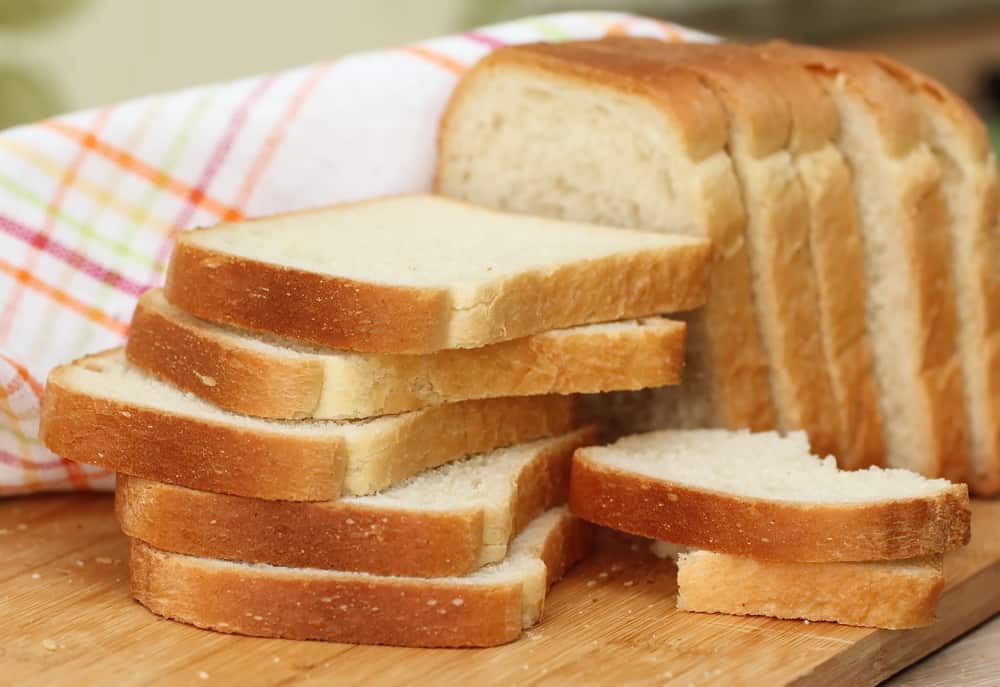
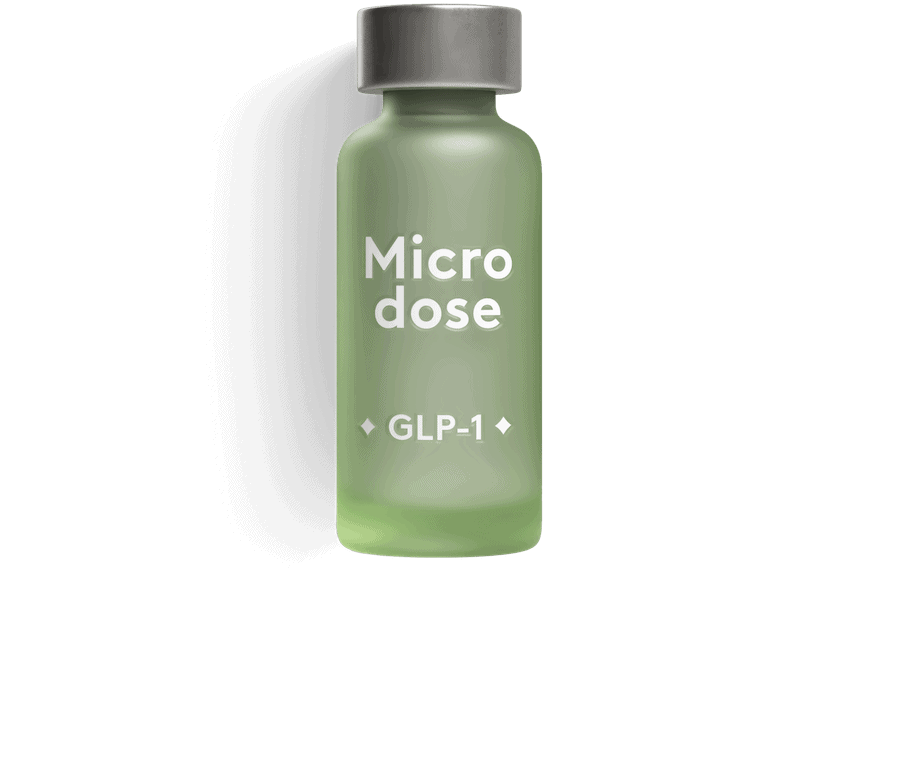
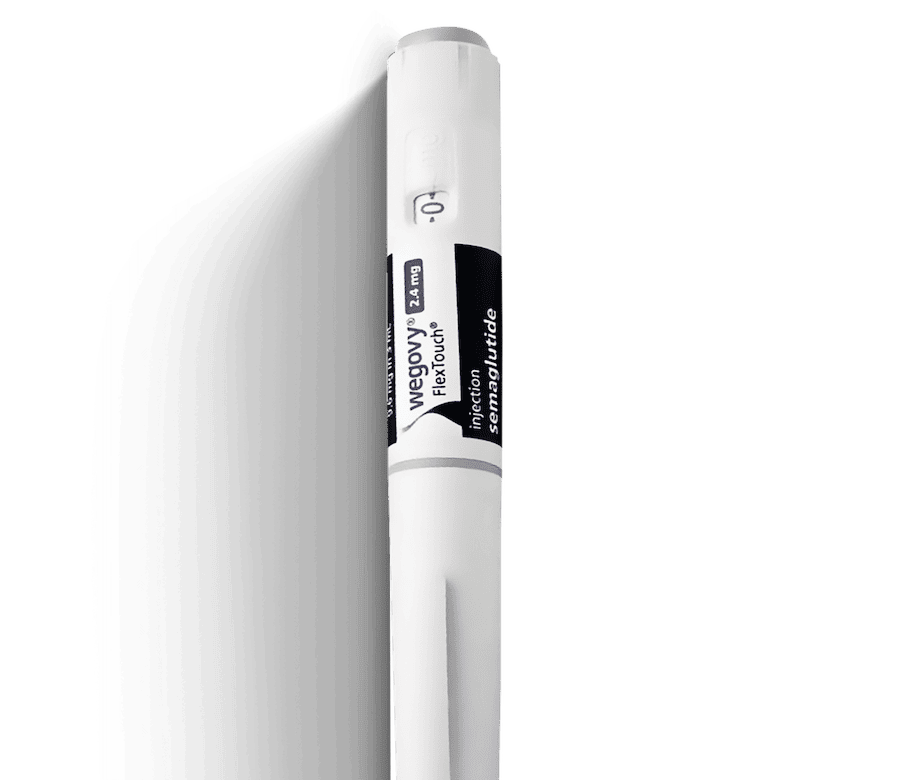

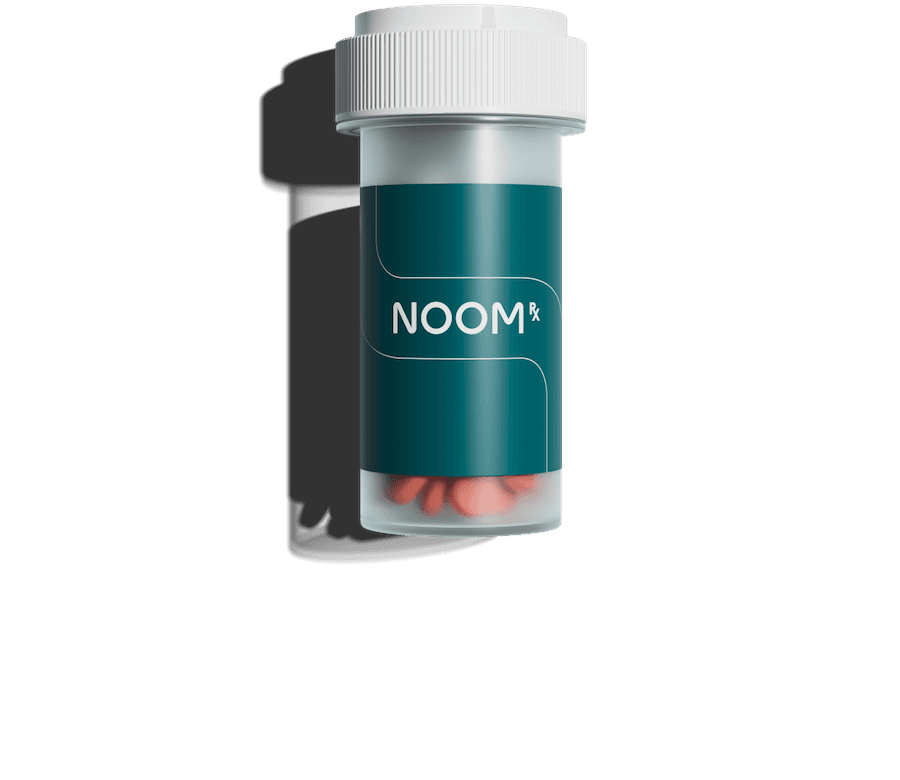

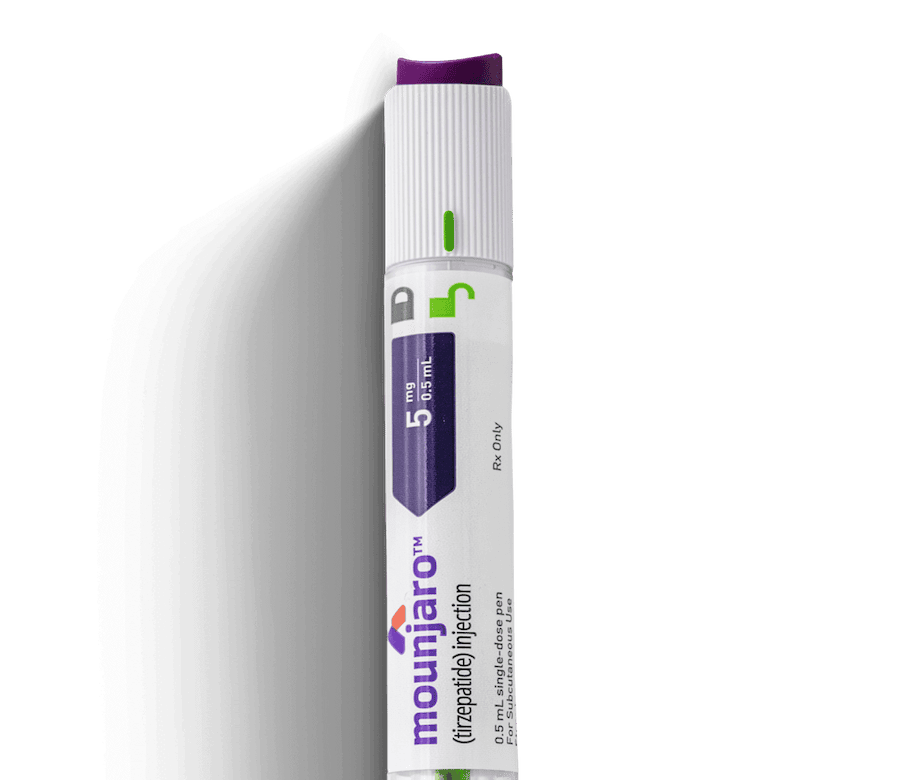
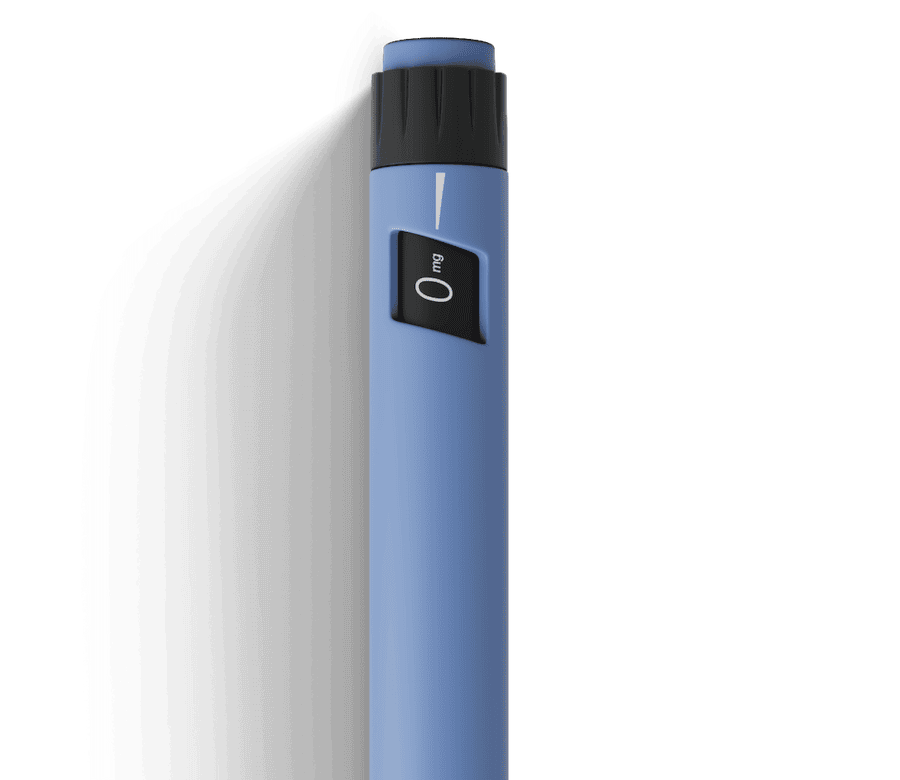

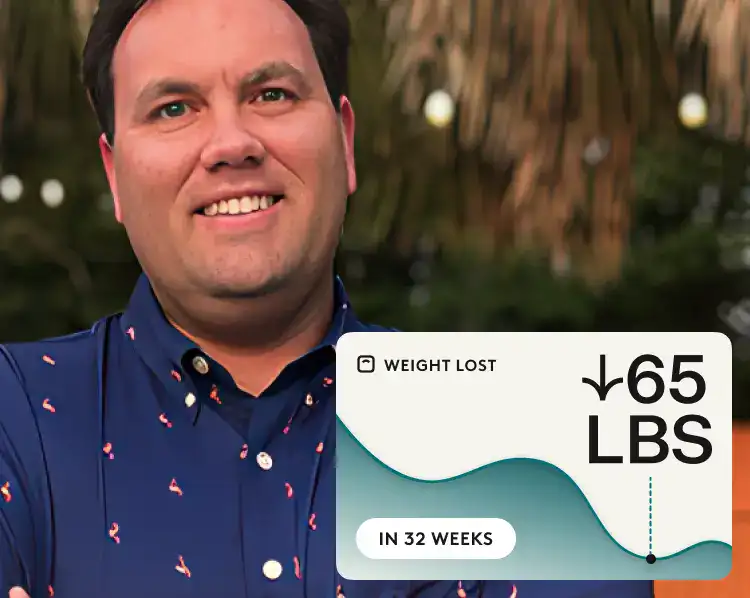

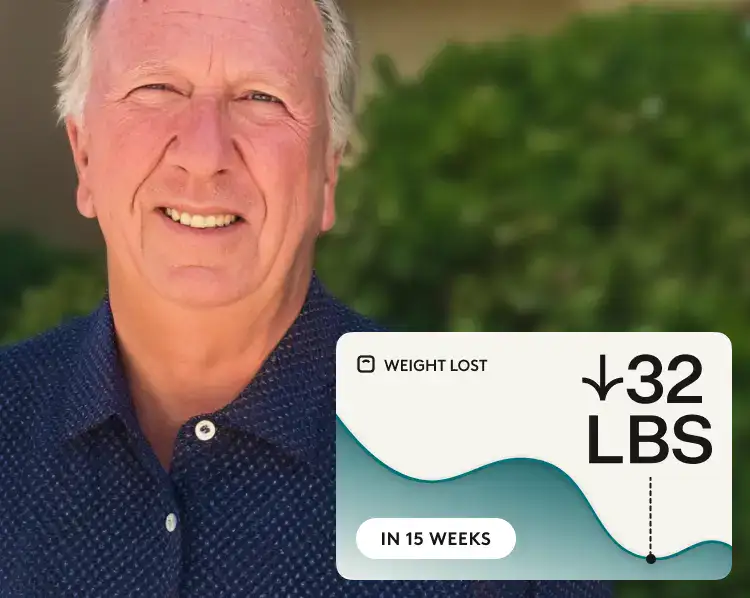
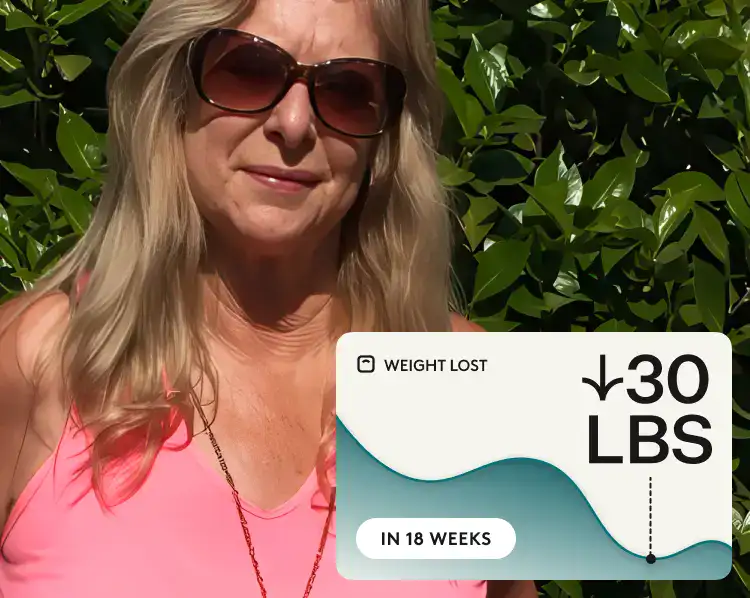

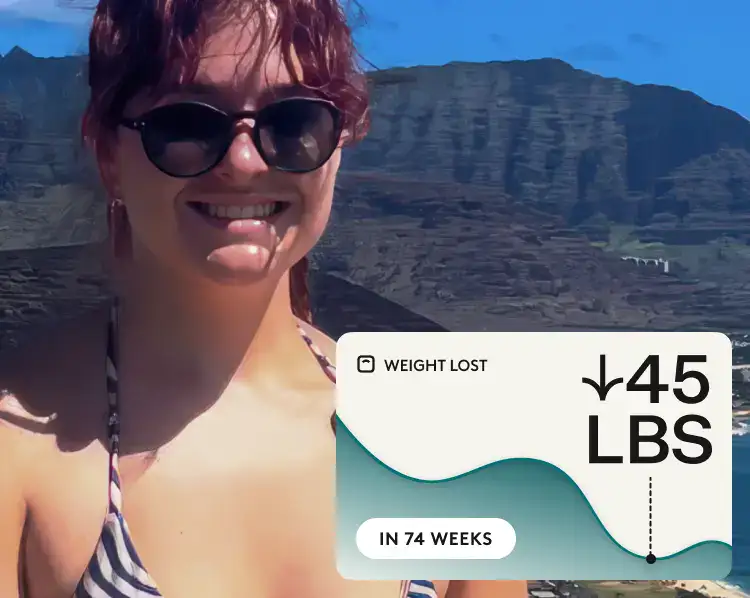


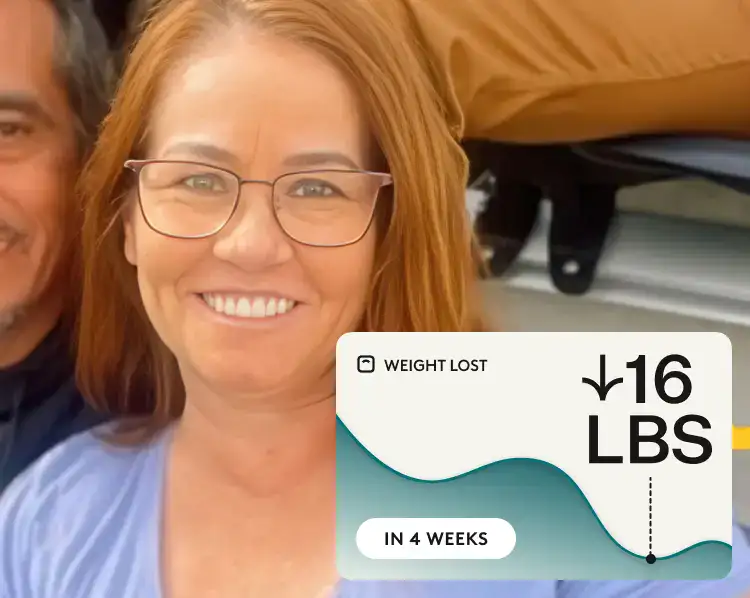


 Meaghan Cameron
Meaghan Cameron
 Noom Team
Noom Team

 Shoshana Fishbein
Shoshana Fishbein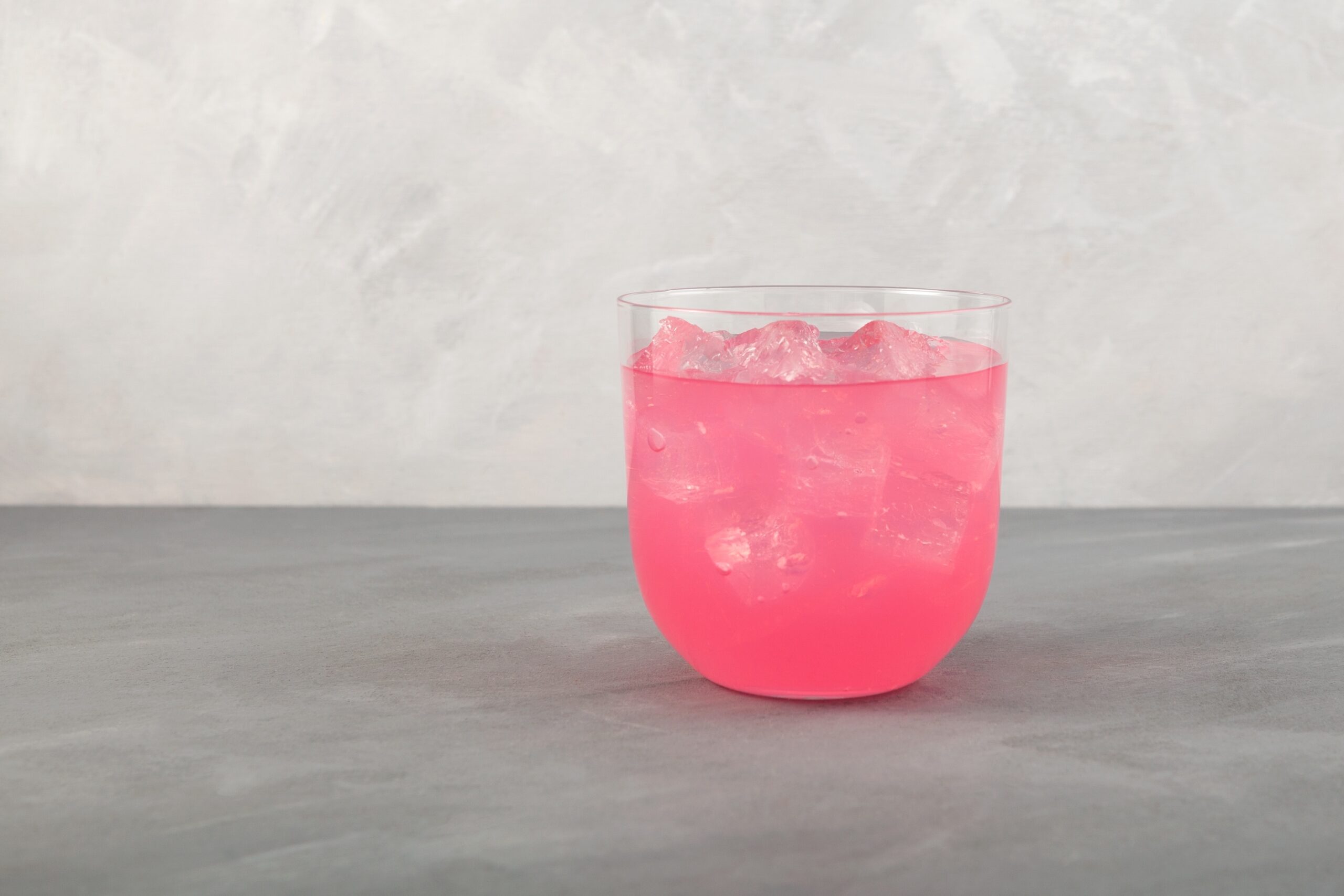
 Melissa Kay
Melissa Kay
